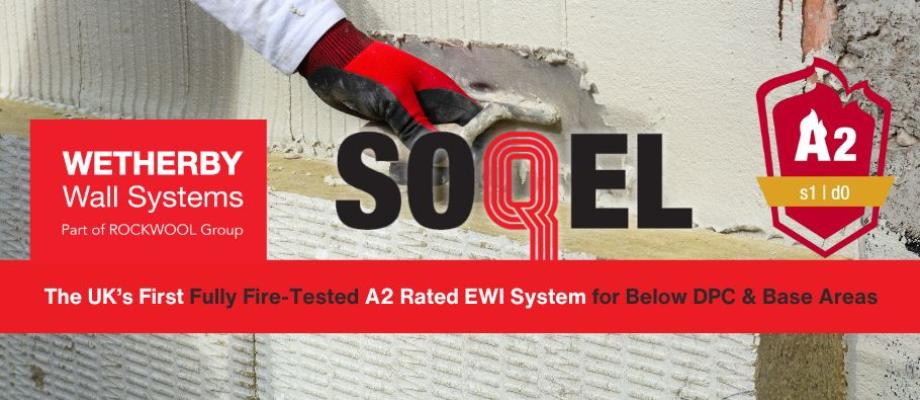As concerns about inadequate roof fire barrier installation grow, Marley’s Roof Defence can help housing association specifiers deliver guaranteed protection against the spread of hidden roof fires.
Building Regulations require that new homes are built with fire protection measures to delay the spread of fire and allow crucial time to escape. So, when a roof is compartmentalised between adjoining homes, fire barriers are seen as an integral safety feature, to prevent the spread of flames and smoke in case of a fire.
Recent Reports from the BRE and BBC Watchdog have raised concerns that some modern homes could have inadequate, incorrectly installed and, in some cases, no fire barriers at all. In terraced or semi-detached properties, this increases the risk that fire could spread rapidly through roof voids from one home to the next. The findings are relevant for social housing portfolios overseen by housing associations too, with specifiers commonly presuming that fire barriers are present and installed properly on completed buildings.

Meeting regulatory responsibility for fire stopping
While Part B of the Building Regulations gives guidance on fire stopping, there are still different types of products that can be used. Often limited details are given in Building Regulation applications, so sometimes the responsibility is on building contractors and their sub-contractors to ensure correct detailing, however they are not usually fire specialists.
Fire stopping is often achieved with a flexible mineral fibre quilt or sock, but a potential fire passage still exists at the line of the roofing battens, above the rafters, which can span across the junction between properties. In addition, standard details, such as spandrel panels in timber frame construction, may be used to satisfy fire separating requirements, but do not provide fire stopping to the underside of the roof covering.

Marley Roof Defence - the ultimate peace of mind solution
To give housing association specifiers peace of mind, the Marley Roof Defence fire barrier system is a simple to install fully fire protective solution that achieves up to a 60-minute fire rating.
The Roof Defence fire barrier features two strips of intumescent material bonded at 90 degrees, with an inverted T design, that can simply be installed under tiles and between roof battens to close all gaps in the event of fire. Whereas some other systems are rigid, Roof Defence is flexible, lightweight and is supplied on a roll, so it can easily be taken onto a roof and rolled out over the party wall.
When activated by heat, the inverted T intumescent seal expands, filling the space between roofing battens and sealing all spaces under the tiles, slates, and other roofing elements. It has outperformed all fire testing requirements and fills every void from the party wall to the bottom tile, meaning smoke and fire cannot pass through.
A compressed mineral fibre option can affect the way the roof covering is fitted. This is because, to be securely fixed, the projecting nibs on the underside of tiles must have space to hook on the rear face of the roofing batten. A compressed mineral fibre quilt, or sock, occupying this space can interfere with this. It can also block important ventilation paths on large, compartmentalised roofs, causing additional ventilation problems.
However, Roof Defence ensures clearance until activated by the heat of a fire, so it does not affect the fit of the roof covering or block ventilation. The double intumescent strip and inverted T design also make it much more effective at filling both horizontal and vertical spaces.

The single source roof solution with guaranteed fire protection
For ultimate peace of mind, social housing providers can specify a full Marley roof system, including JB Red battens, underlay, tiles or slates, fixings, accessories, Roof Defence fire barrier and optional solar PV, all backed up by a 15-year warranty. This ensures that every roof on every property is fully compatible and compliant with all regulations, as well as reducing the risk of product substitution.
For more information, or advice, please visit the website
- Log in to post comments













